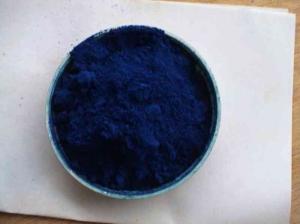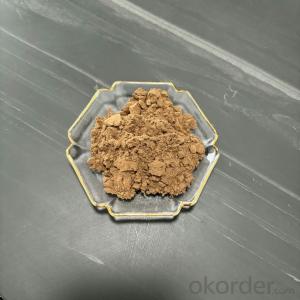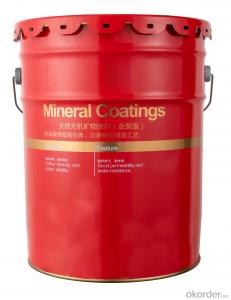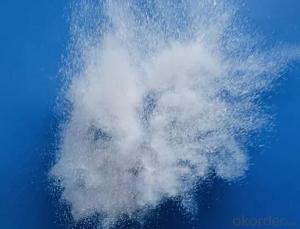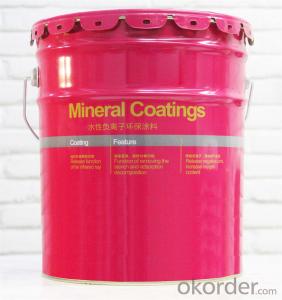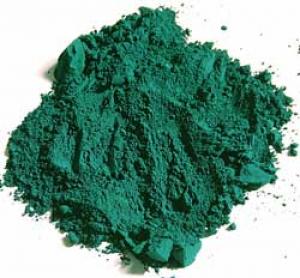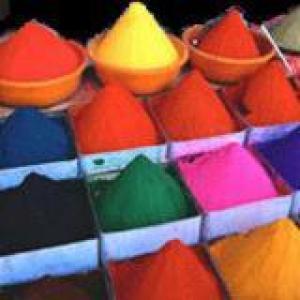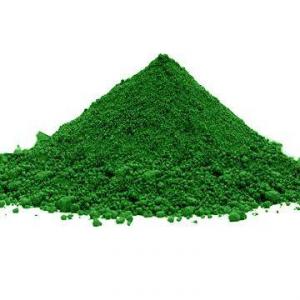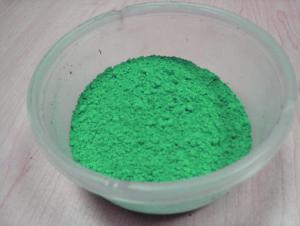Phthalocyanine Blue GBS
- Loading Port:
- Tianjin Port
- Payment Terms:
- TT or LC
- Min Order Qty:
- 1 Metric Ton m.t.
- Supply Capability:
- 7,500MT/Year m.t./month
OKorder Service Pledge
OKorder Financial Service
You Might Also Like
Product Details Of Phthalocyanine Blue FR6840 :
Phthalocyanine Blue | |||
Chemical Structure | CuPc α | ||
Color Index No. | PB 15:1/74160 | ||
Application | Paint | ||
Physical Form | powder | ||
Test Items | Index | Test Method | |
Relative Tinting Strength | 100 +_5% | DIN55986 | |
ΔE,ΔL,Δa,Δb | ≤1,+1,+1,+1 | ||
Items | Index | Test Method | |
PH | 6.5~9 | DIN ISO 787-9 | |
Density 20℃ g/cm3 | 1.6 | DIN ISO 787-10 | |
BET m2/g | 72 | DIN 66131 | |
Oil absorption g/100g | 35~45 | DIN ISO 787-5 | |
105℃ Volatile Matter | ≤1.0% | DIN ISO 787-2 | |
Water Solubles | ≤1.5% | DIN ISO 787-13 | |
Residue on Sieve 100 mesh | ≤5% | DIN 53195 | |
Conductivity us/cm | ≤300 | DIN ISO 787-14 | |
Solvent Resistance | Index | Test Method | |
Water | 5 | DIN ISO 105-A03 | |
White Spirit | 5 | DIN ISO 105-A03 | |
Ethanol | 5 | DIN ISO 105-A03 | |
Acetone | 5 | DIN ISO 105-A03 | |
Dimethylbenzene | 4 | DIN ISO 105-A03 | |
Tolerance | |||
Light Fastness | Index | Test Method | |
Weather Resistance | 8 | DIN ISO 105-A03 | |
Acid Resistance | 5 | DIN ISO 105-A03 | |
Alkali Resistance | 5 | DIN ISO 105-A03 | |
5 | DIN ISO 105-A03 | ||
Usage Of Phthalocyanine Blue :
mainly used in the manufacture of paints, inks, coatings printing paste, rubber, plastic stationery and so on.
Packing Of Phthalocyanine :
25kg/ kraft bag or paper bag , or as your requirements .

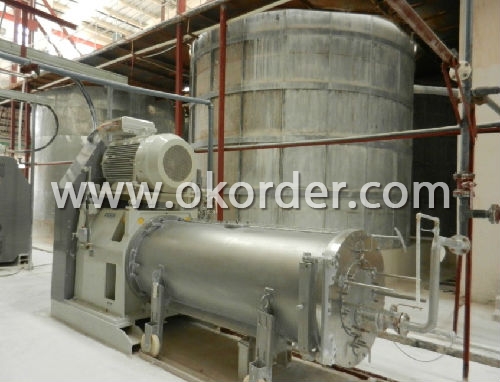
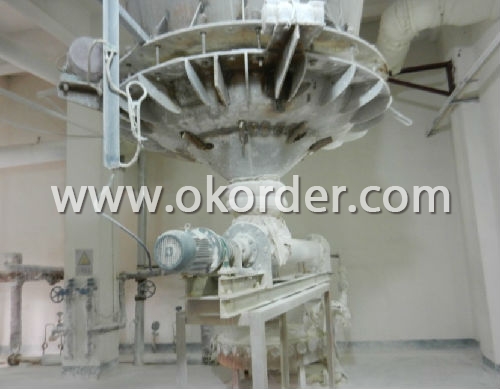
- Q:what is the relationship between chlorophyll a, accessory pigment?
- Sativa- uplifting, high, trippy, baked out of your gourd, ****** up, spacy Indica- passing out, baked, stoned, sleepy, couchlock, retarded, weird dreams
- Q:what are the differences between colorfast and non colorfast pigments?
- Pigments, are generally solids and are usually insoluble in the medium in which the pigment is being used. Pigments, are typically used instead of dyes in applications where color migration or bleeding is undesirable. One possible approach to create a colorfast pigment for use in something like toothpaste would be in a layered anion exchange material which is contacted with the dye under conditions in which a water-insoluble pigment is obtained. The water soluble dye and the layered anion exchange material would normally be contacted together in a liquid medium in which the dye has been dissolved. The layered anion exchange material is preferably a layered aluminate of some kind. Generally, pigments are graded by international standards for color fastness. Eight is the most color fast, and anything over six will do quite well out-of-doors. As ancient Frescoes, sand paintings, petroglyphs and other pure-pigment art demonstrate, certain pigments can remain in direct sunlight for thousands of years without any indication of fading. These pigments are earth, metal, and chemical colors that are neither dyes nor tints. Dyes and tints, such as alizarin crimson, berry juice, etc. will bleach quickly due to ultraviolet exposure that occurs in direct or indirect sunlight. Today most paints are derived from much different sources than they were as recently as fifty years ago. Real cadmium, cobalt, copper oxide, to name a few, are no longer used. They are now formulated to appear similar to the traditional pigments. They may be extended out with white, resulting in an appearance that can differ with traditional counterparts. For the most part these new colors are very colorfast and without the addition of medium or varnish they will not fade when left in direct sunlight.
- Q:A.catalyzes chemical reactions.B.absorbs light.C.transports materials.D nverts energy to light.E s energy.
- In biology, a pigment is any colored material of plant or animal cells. Many biological structures, such as skin, eyes, fur and hair contain pigments (such as melanin) in specialized cells called chromatophores. Many conditions affect the levels or nature of pigments in plant, animal, some protista, or fungus cells. For instance, Albinism is a disorder affecting the level of melanin production in animals. Pigment color differs from structural color in that it is the same for all viewing angles, whereas structural color is the result of selective reflection or iridescence, usually because of multilayer structures. For example, butterfly wings typically contain structural color, although many butterflies have cells that contain pigment as well. So pigment reflects color and absorbs light.
- Q:What are leaf Pigments?
- Pigments that are present in the leaf that impart colour to the leaf are called leaf pigments. They are chemical compounds. Green colour in plants is due to Chlorophyll. Cholorophyll are also of different types Chlorophyll-A, Chlorophyll-B, Chlorophyll-C and Chlorophyll-D. Different colours are imparted to plants by different pigments. Some are Xanthophyll and Carotenoids.
- Q:light absorption, which pigments are involved?
- All photosynthetic organisms contain one or more organic pigments capable of absorbing visible radiation, which will initiate the photochemical reactions of photosynthesis. The three major classes of pigments found in plants and algae are the chlorophylls, the carotenoids and the phycobilins. Carotenoids and phycobilins are called accessory pigments since the quanta (packets of light) absorbed by these pigments can be transferred to chlorophyll. Chlorophylls chlorophyll a - present in all higher plants and algae chlorophyll b - present in all higher plants and green algae chlorophyll c - diatoms and brown algae chlorophyll d - red algae (chlorophyll a is present in all photosynthetic organisms that evolve O2.) Chlorophyll molecules contain a porphyrin 'head' and a phytol 'tail'. The polar (water-soluble) head is made up of a tetrapyrrole ring and a magnesium ion complexed with the nitrogen atoms of the ring. The phytol tail extends into the lipid layer of the thylakoid membrane. Carotenoids (carotenes and xanthophylls) Carotenes: -carotene - higher plants and most algae $-carotene - most plants some algae xanthophylls: luteol, fucoxanthol and violaxanthol Carotenoids contain a conjugated double bond system of the polyene type (C-C=C-C=C). Energy absorbed by carotenoids may be transferred to chlorophyll a for photosynthesis. Phycobilins (found mostly in red and blur-green algae): phycoerythrin phycocyanin allophycocyanin )
- Q:what the book says is that they 'harvest additional wavelengths.' i don't know what this means to how its an advantage.. can somone explain?
- in leaves accesory pigments are important because chlorophyll the main plants pigment are easilly broken down by low temperature. if chlorophyll, the green pigmnet is broken down accesory pigments give the leaves its color, usually orange, yellow
- Q:What is better, Mac eye pigments or the regular eyeshadow? Also, has anyone tried the mixing medium solution?
- M.A.C pigments work really well. I have a few. And I haven't tried mixing medium solution.
- Q:wut is the diff between those 2?
- pigments are a bright shimmery loose powder eyeshadows arent too shimmery but its pressed powder
- Q:Why is it important for a plant to have more pigments than just chlorophyll?
- If the plant only has chlorophyll, it is only able to absorb and use the wavelengths of light that correspond to chlorophyll, which is really limiting. Having other pigments allows it to use more wavelengths of light, which is more efficient.
1. Manufacturer Overview |
|
|---|---|
| Location | Henan, China |
| Year Established | 1995 |
| Annual Output Value | Above US$100 Million |
| Main Markets | 20.00% North America 20.00% South America 10.00% Eastern Europe 10.00% Southeast Asia 10.00% Northern Europe 10.00% South Asia 10.00% Western Europe 5.00% Africa 5.00% Mid East |
| Company Certifications | REACH, ROSH,SVHC 53 Items Certificate ,SGS,CIQ,ISO9001:2008 |
2. Manufacturer Certificates |
|
|---|---|
| a) Certification Name | |
| Range | |
| Reference | |
| Validity Period | |
3. Manufacturer Capability |
|
|---|---|
| a)Trade Capacity | |
| Nearest Port | Qingdao Port, China |
| Export Percentage | 51% - 60% |
| No.of Employees in Trade Department | 100 People |
| Language Spoken: | English; Chinese;Spainsh; Farsi;French;German |
| b)Factory Information | |
| Factory Size: | Above 600,000 square meters |
| No. of Production Lines | Above 3 |
| Contract Manufacturing | Design Service Offered; Buyer Label Offered |
| Product Price Range | Rock Bottom Price With Best Quality |
Send your message to us
Phthalocyanine Blue GBS
- Loading Port:
- Tianjin Port
- Payment Terms:
- TT or LC
- Min Order Qty:
- 1 Metric Ton m.t.
- Supply Capability:
- 7,500MT/Year m.t./month
OKorder Service Pledge
OKorder Financial Service
Similar products
New products
Hot products
Related keywords



